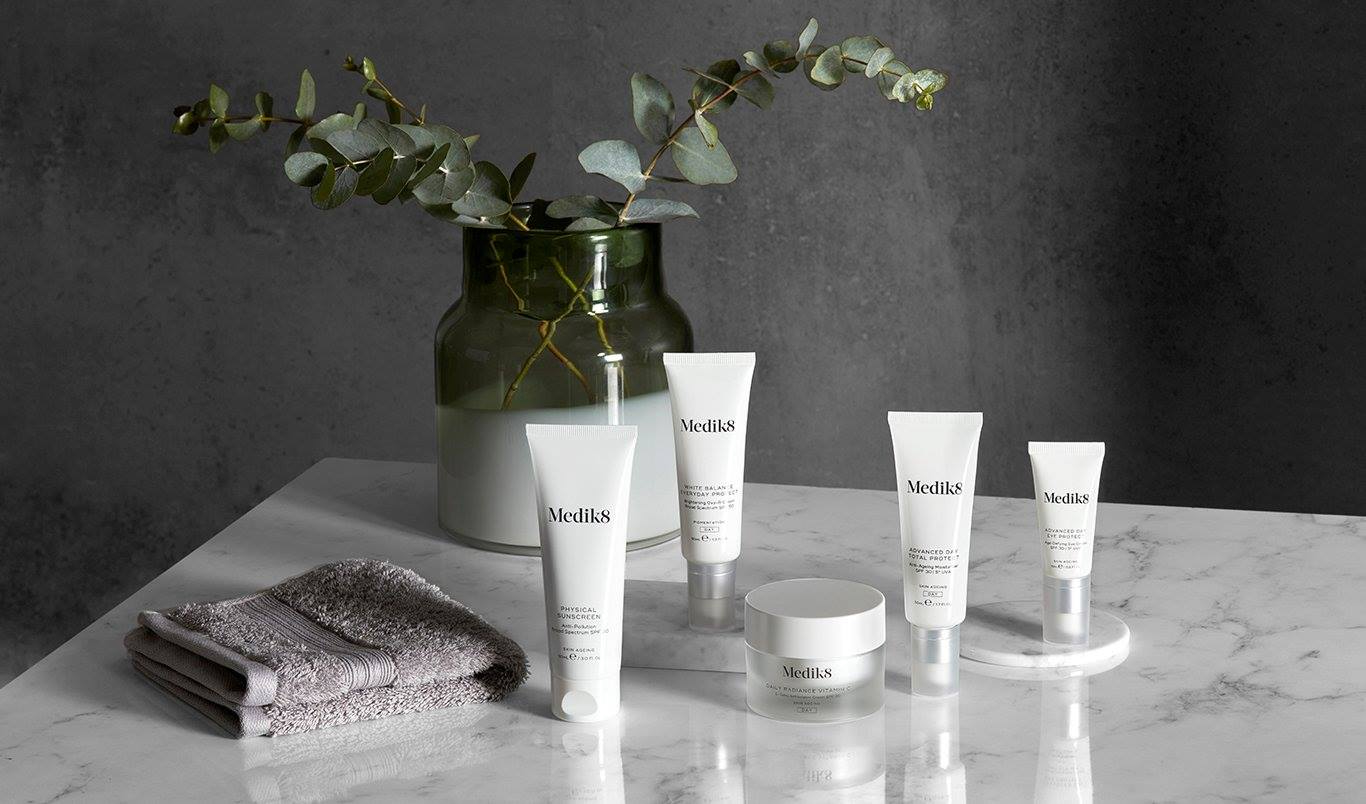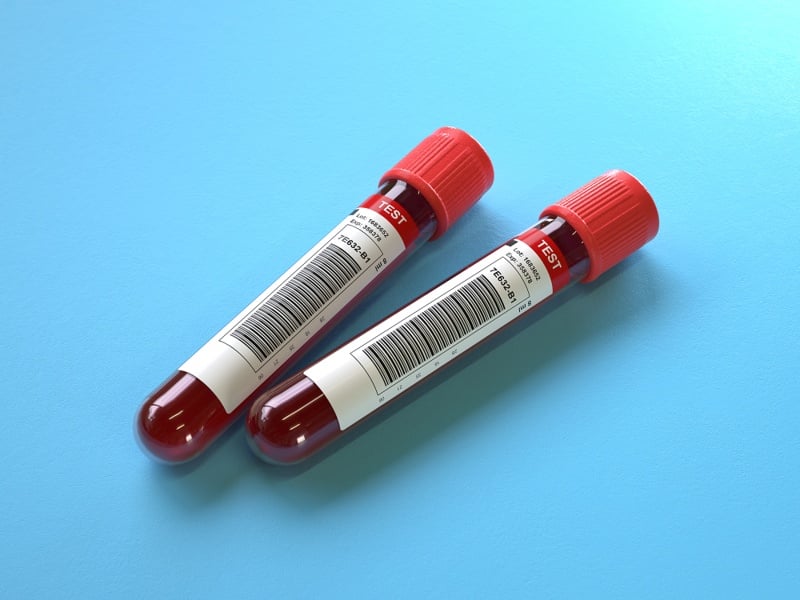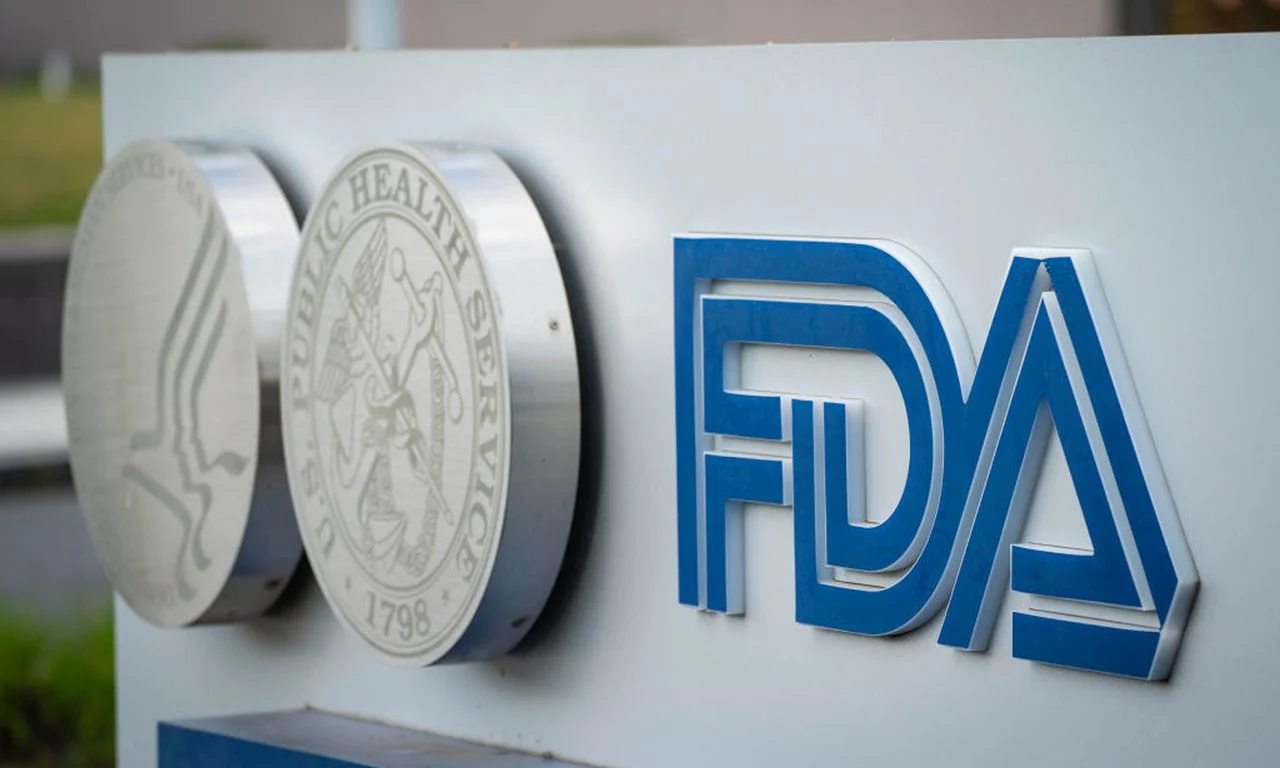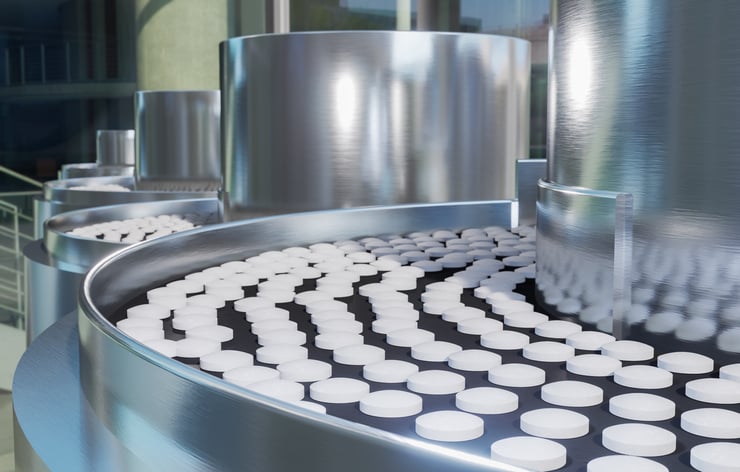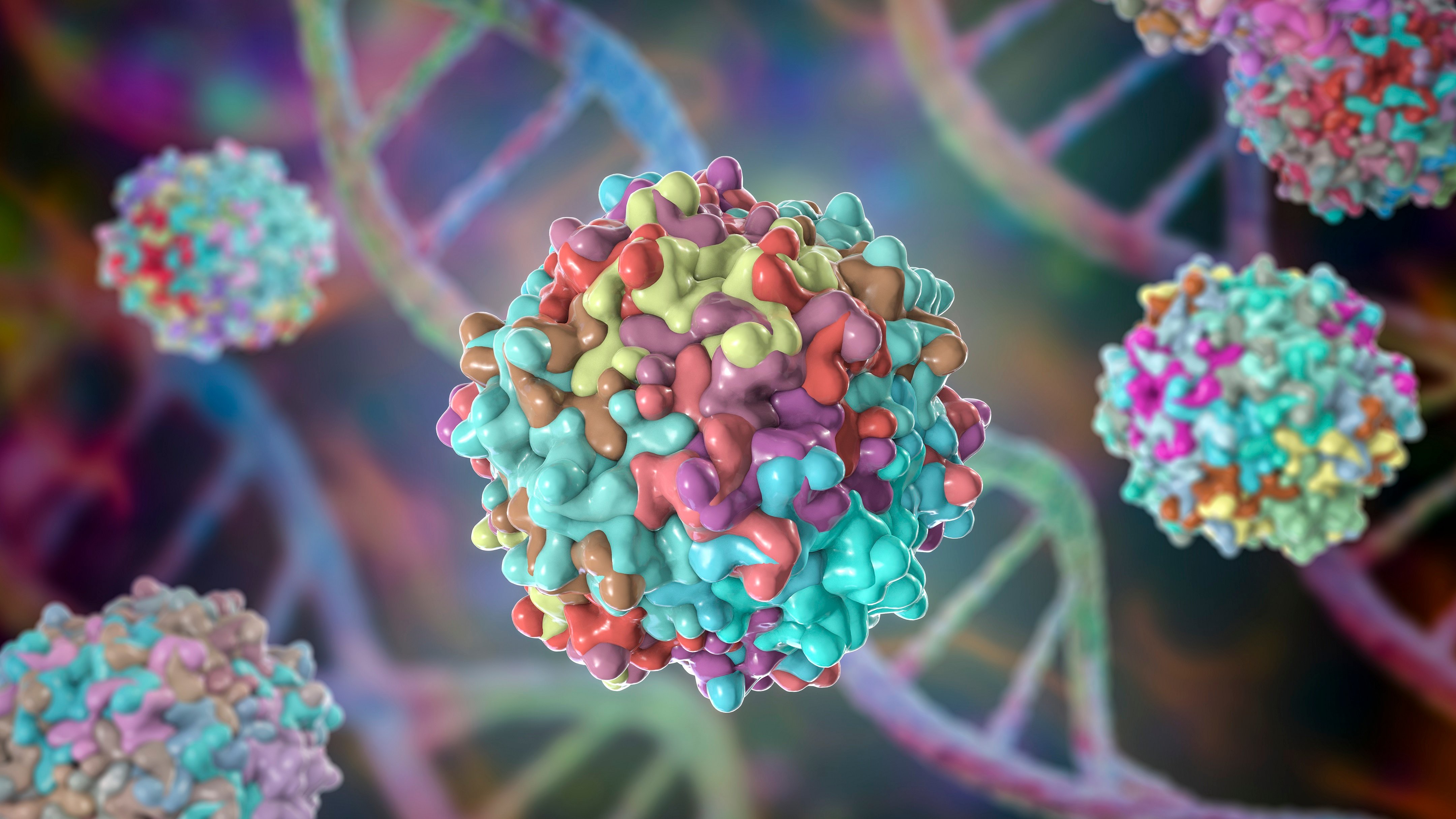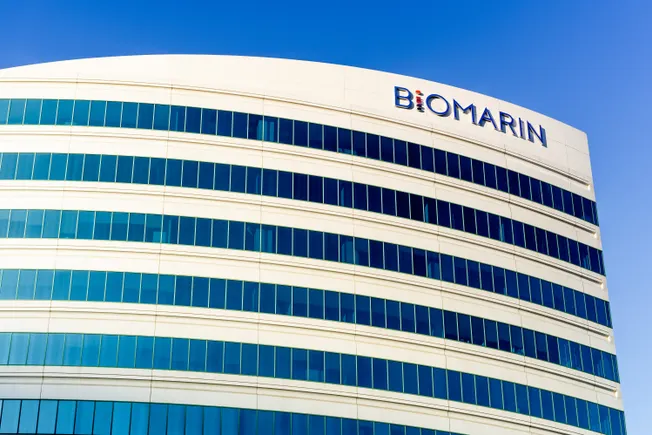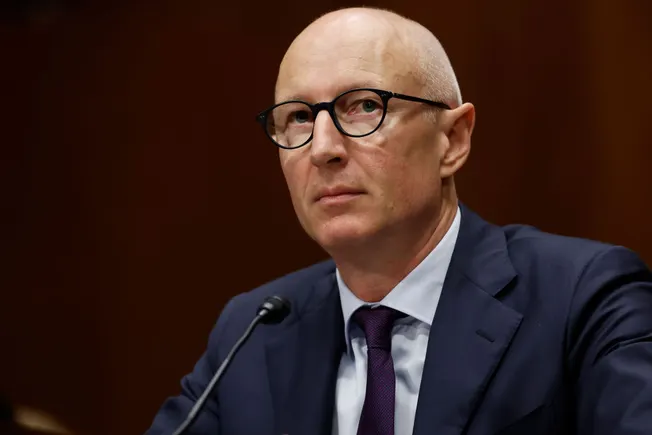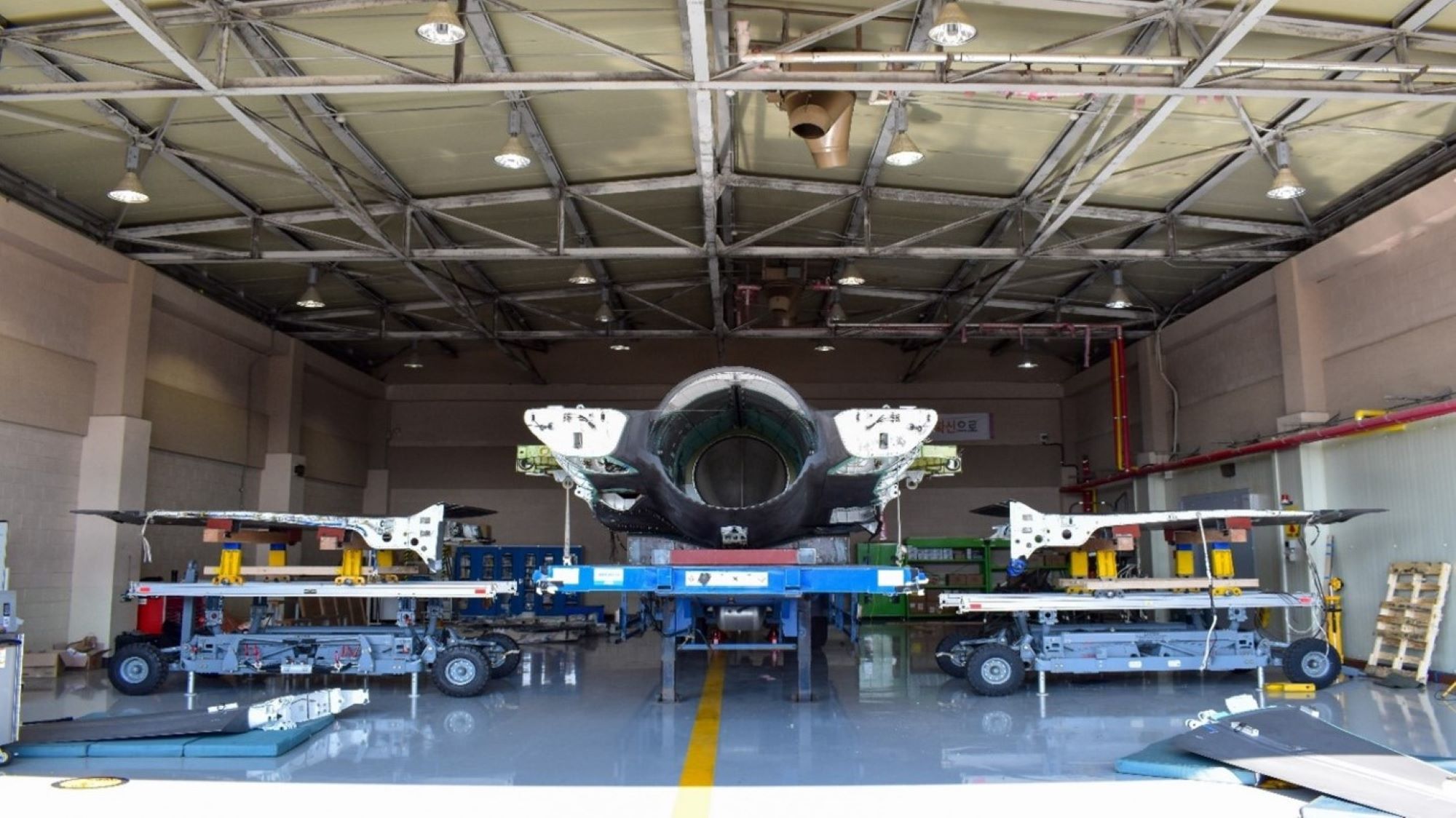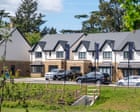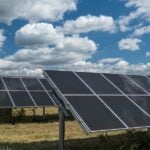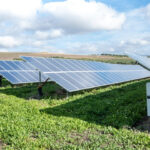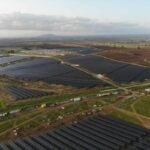Cascade Regulation of Blood Clot Stabilization‐Cell Migration‐Osteogenic Differentiation by Hollow Hydrogels for Periodontal Bone Regeneration and Repair
Advanced Healthcare Materials, EarlyView.

A novel hollow hydrogel, composed of carboxymethyl chitosan (CMCS), sodium alginate (SA), and CaCO3 microparticles, is developed by exploiting the temporal differences in cross-linking between its outer and inner regions. This hydrogel facilitates the cascade regulation of “blood clot stabilization-cell migration-osteogenic differentiation,” enhancing periodontal bone repair and advancing the development of biomaterials that more accurately reflect the natural repair process.
Abstract
Periodontal bone destruction caused by periodontitis presents a significant clinical challenge. Optimal regeneration of periodontal bone shall progress through three distinct physiological stages: 1) formation of a blood clot; 2) recruitment of stem cells to the clot; and 3) osteogenic differentiation of the stem cells. In this context, the present study proposes a hollow carboxymethyl chitosan (CMCS)/sodium alginate (SA)/CaCO3 microparticles (CACC) hydrogel. Its formation utilizes temporal differences in cross-linking between the outer and inner regions. The results indicate that the hollow structure of the CACC hydrogel enhances blood clot formation and stability. Additionally, the hydrogel facilitates the migration of human-derived periodontal ligament stem cells (PDLSCs) and MC3T3-E1 cells through the release of calcium ions (Ca2+). Furthermore, it supports osteogenic differentiation of both PDLSCs and MC3T3-E1 cells by upregulating osteogenesis-related proteins. In conclusion, by leveraging the cross-linking and entanglement properties of polymers, a hollow hydrogel that sequentially regulates the three critical stages of periodontal bone regeneration is developed. Notably, this hydrogel effectively preserves blood clots, an often-overlooked aspect of bone repair, within its hollow structure. This innovation encourages the advancement of biomaterials that more closely mimic the natural repair process.








































